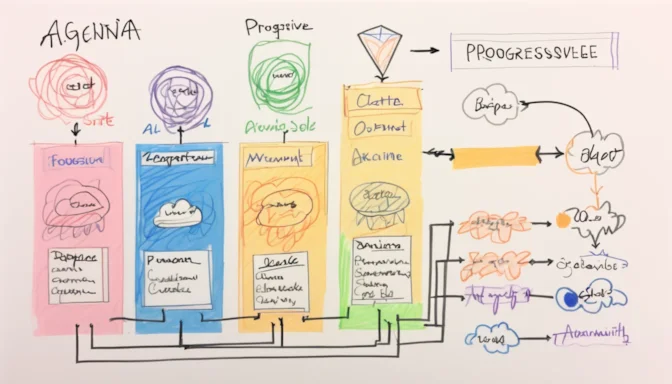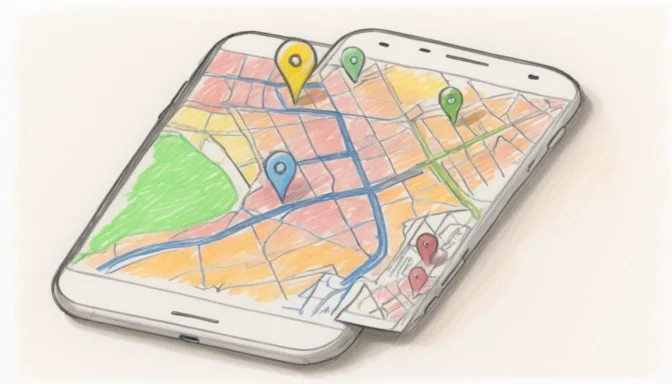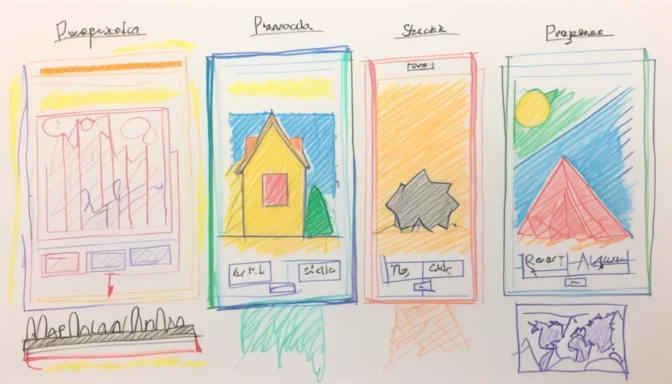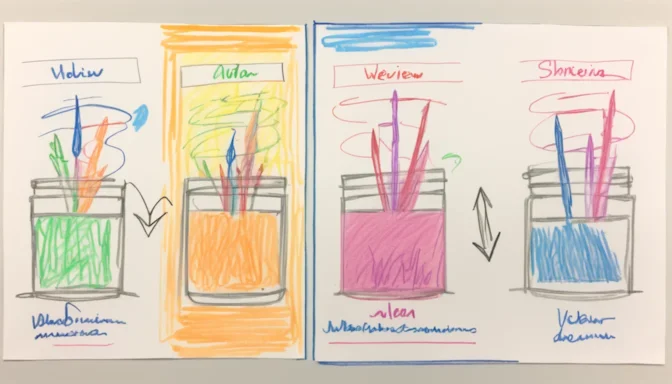What is a Progressive Web App (PWA)?

A Progressive Web App (PWA) is a web application built using standard web technologies but designed to offer an experience akin to native apps. PWAs run across various platforms and devices, providing a seamless user experience.
PWA Support in Vue.js
Vue.js offers comprehensive support for creating Progressive Web Applications. PWAs merge the best aspects of web and native apps, making them versatile across different devices and operating systems.
Is PWA Technology Obsolete?
Contrary to some opinions, PWAs are not obsolete. While their implementation varies, they continue to evolve and are particularly strong in mobile environments.
Examples of Progressive Web Apps

Google Maps offers a PWA that maintains most functionalities of the full app but is more storage-efficient. This has led to higher consumer engagement.
Differences Between PWAs and Regular Web Apps

A key difference between PWAs and traditional web apps is the 'installability' of PWAs. Unlike web apps, which are browser-bound, PWAs can be added to the device's home screen, offering an app-like interface.
Is a PWA Just a Website?
Though built with web technologies, PWAs go beyond traditional websites by providing an app-like experience, offline capabilities, and device feature access.
Reasons Not to Use PWAs
PWAs have their limitations, such as needing internet connectivity for full functionality. For fully offline-capable solutions, native apps might be more appropriate.
Why You Should Use a PWA
PWAs offer speed, offline features, and the convenience of browser access. They can also be added to a device's home screen, bypassing app stores and conserving storage space.
Is PWA a WebView?

Though they may seem alike, a PWA is not a WebView. Unlike WebViews, which are essentially in-app browsers, PWAs offer a more integrated, feature-rich experience.
The Future of PWAs

The future of Progressive Web Apps is promising, as they combine the best of web and mobile apps. With increasing focus on app development, PWAs continue to gain relevance.
 E-Commerceo
E-Commerceo